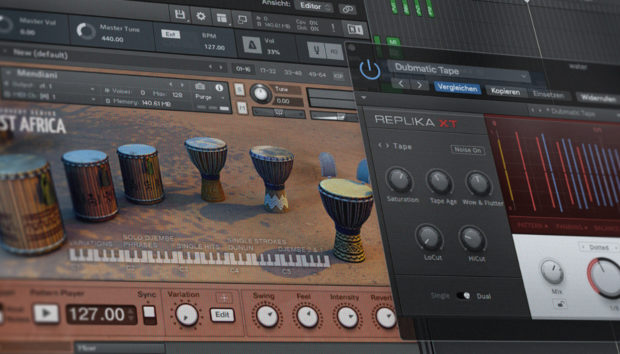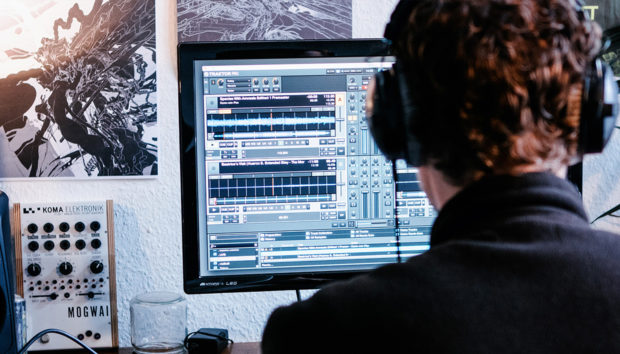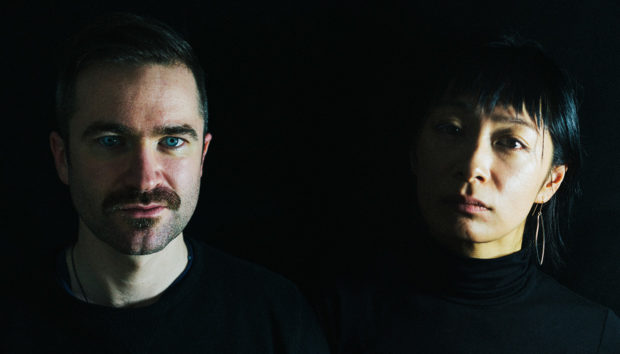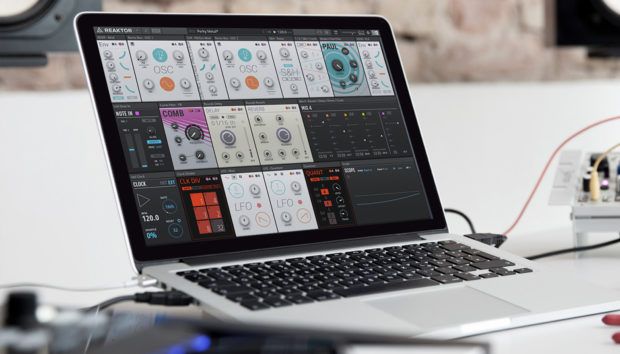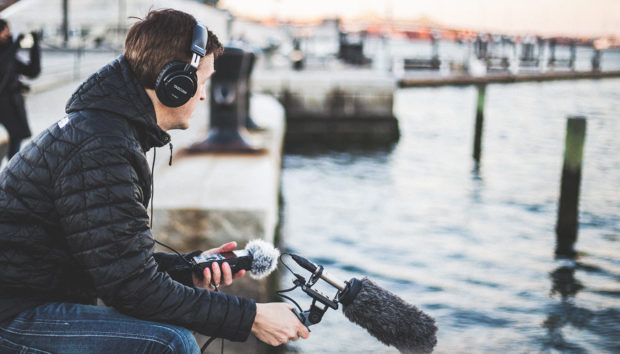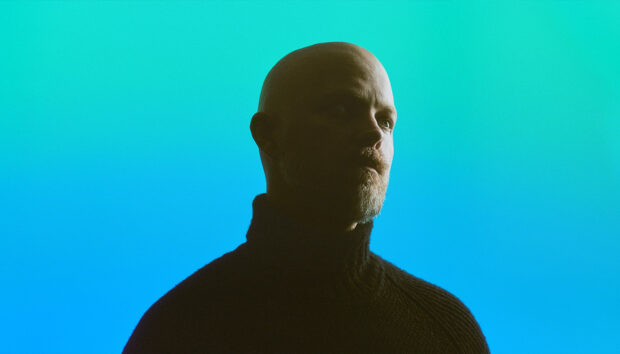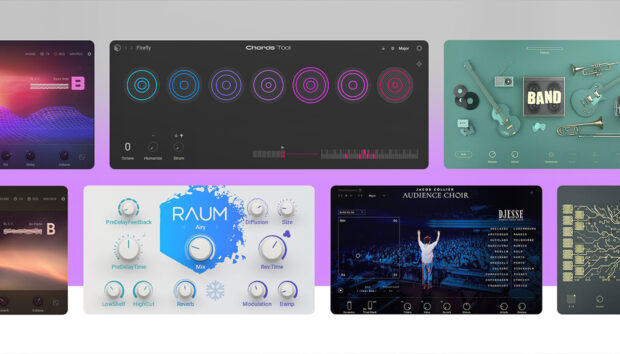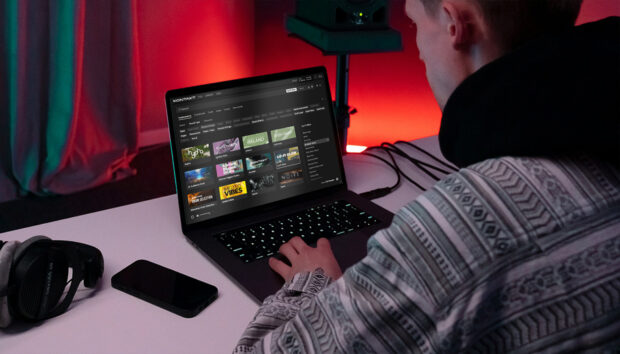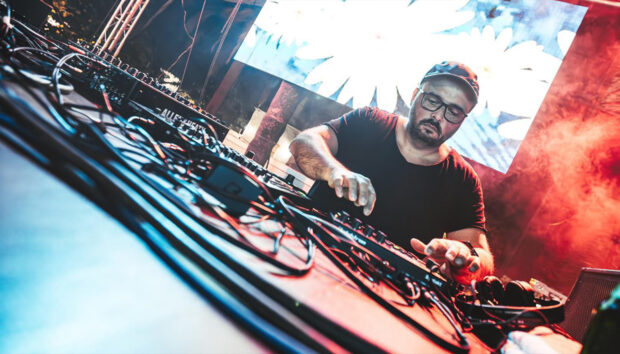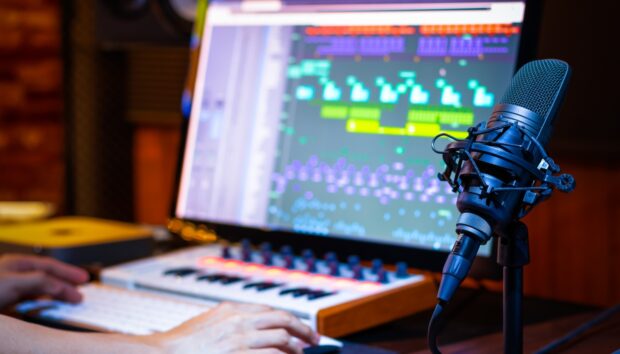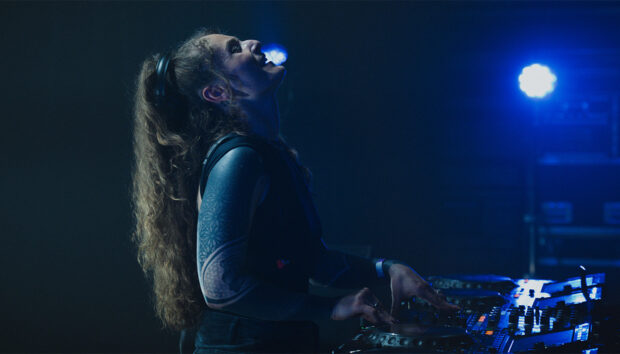Fejká’s latest album Azur didn’t come from a studio locked off in isolation. It came from the Canary Islands – specifically the rooftops, hikes, and open skies that shaped his sessio’ns. That connection to the environment runs through everything he talks about here, especially his approach to designing instruments in Kontakt. He’s not pulling up presets to decorate a track. Instead, he takes the longer route by building patches from scratch, shaping their tone, and saving them as signature sounds that carry across his productions and live set using Kontakt as the massively hit records to channel the sounds of the world around him into massively hit records.
The full album is now available, released through his new label, Coexist. It’s already racked up significant momentum, with standout tracks like “Calima,” “Maara,” and “Tape_X247” showing off the dual nature of his work – melodic and rhythmic, club-ready and introspective.
Jump to these sections:
- How Fejká maps Kontakt instruments for quick writing
- Why “natural” doesn’t always mean soft or lo-fi
- The difference between designing a sound and selecting one
- How Kontakt presets evolve into full song concepts
- Tips for creating signature presets and navigating inspiration fast
If you’re a Kontakt user or a producer looking to build your unique toolkit, this is a deep and specific look at how one artist achieves it without overcomplicating the process.
You can use some of Fejká’s production tips inside the Kontakt Player, included with the free Komplete Start bundle.
And, experiment with Fejká’s techniques with his free reverse piano Ableton preset from Una Corda, a Kontakt instrument.
Do you see your surroundings as a direct influence on what instruments or libraries you reach for, or more of a subconscious thing?
It’s more of a subconscious thing.
I feel like getting attracted towards atmospheric sounds the most when I’m staying in places with a farsightedness.
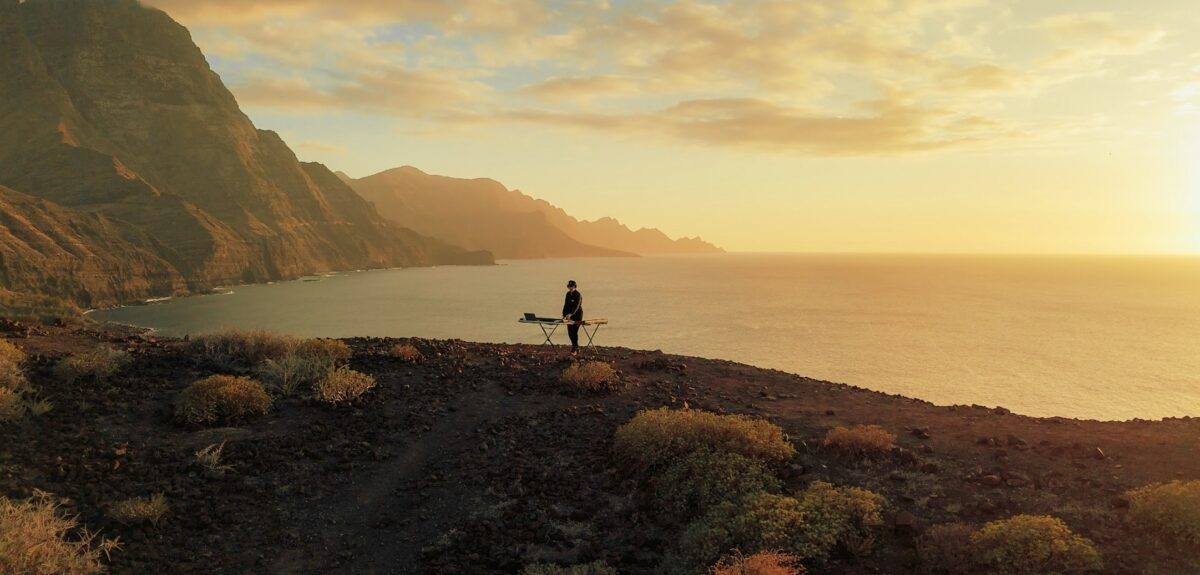
At some point, I even moved into a rooftop flat because I needed to have this view, watching the horizon, the clouds and the sun/moon rising and setting. I love sound designs which are opening up the stereo space with something I call a “warm cloud.” it adds a nice contrast towards the elements in a track which sit in the middle of the mix like the kick, bass, etc.
Pro tip from Fejká: Layer everything. Run the same melody through multiple Kontakt presets – low and high pairs, especially. It creates rich, complex textures fast.
How do you define “natural” in your music – are you looking for softness, irregularity, or something else entirely?
Natural sounds need to have a bit of imperfection, something which makes the sound unique and not “quantized,” like textures from field recordings. When it comes to Kontakt libraries, I really love that there are endless features to change a sound and make it diverse, irregular, and special.
I can remember the day when I found this “reverse” button in Native Instruments ‘Una Corda” very well! It’s adding so much atmosphere and space, and you can play around nicely with the different delay settings. I especially love overlapping multiple notes, creating something like a melodic cloud of reversed piano.
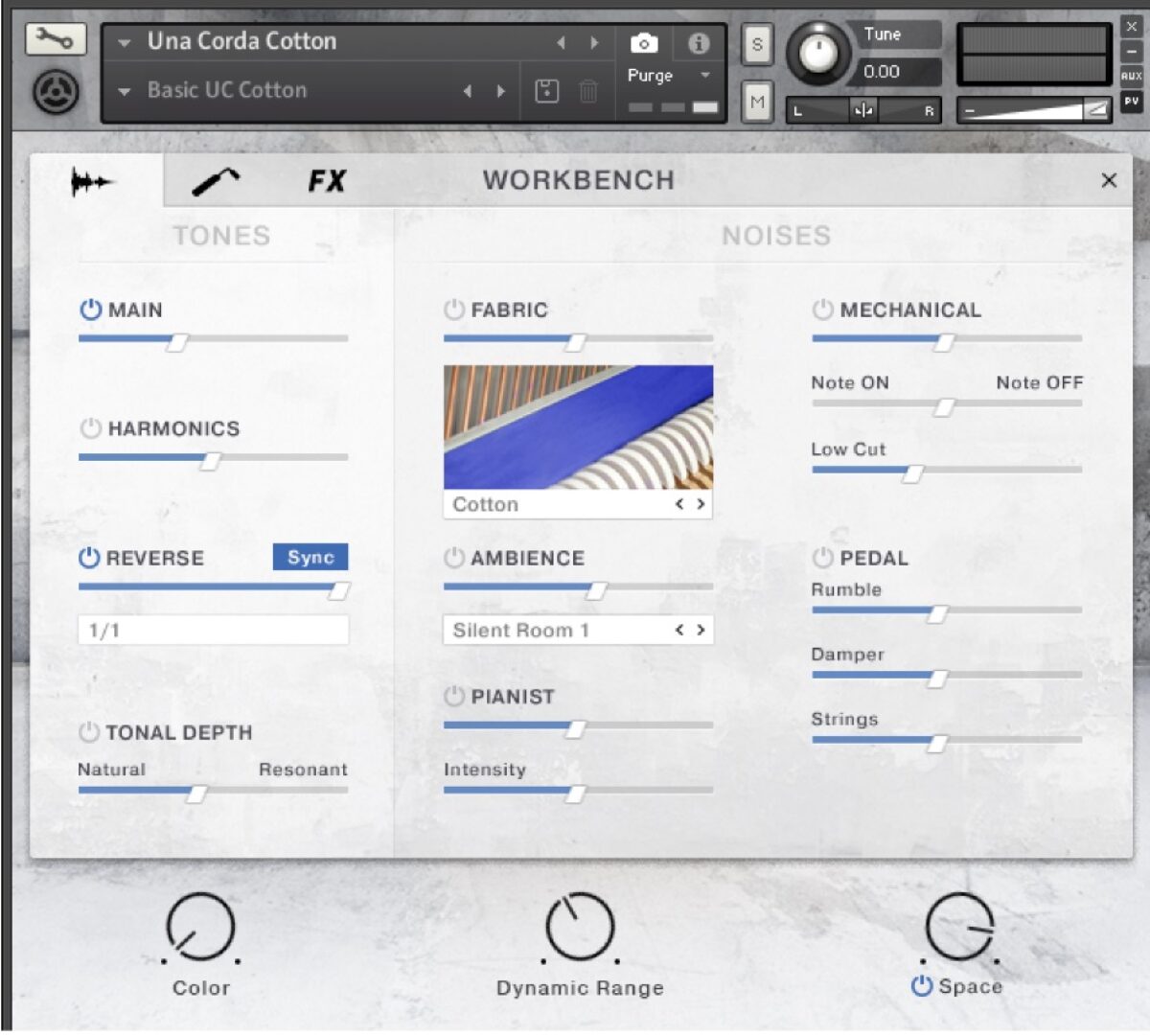
When I discovered the piano from Olafur Arnalds’ Toolkit, I realized that I could dive into the mixer settings of Kontakt, removing the original piano sound so only the reverb was left, leaving a super nice pad texture sound.
Pro tip from Fejká: Try every knob, even the ones you don’t understand. Some of my best sounds came from accidental discoveries and saved presets.
What led you to Kontakt specifically when working on this record – was it the texture, tone, or playability that pulled you in?
The playability for sure. I have built many Kontakt presets over the last years, which I save as “Fejká Signature Instruments” in my library.
The preset “Jupiter Organ” in Kontakt’s Ethereal Earth grabbed my attention from the beginning. Especially when playing fifths, the notes overlap each other in an interesting way, creating a warm distortion. Once I completed the sound design after adjusting the basic parameters below, I added filter stutter rhythm to it, using the filterfreak plug in. The resulting sound became a cool stutter lead which I used in the break section of my Song “Maara,” building up energy for the big drop when the distortion increases over time.
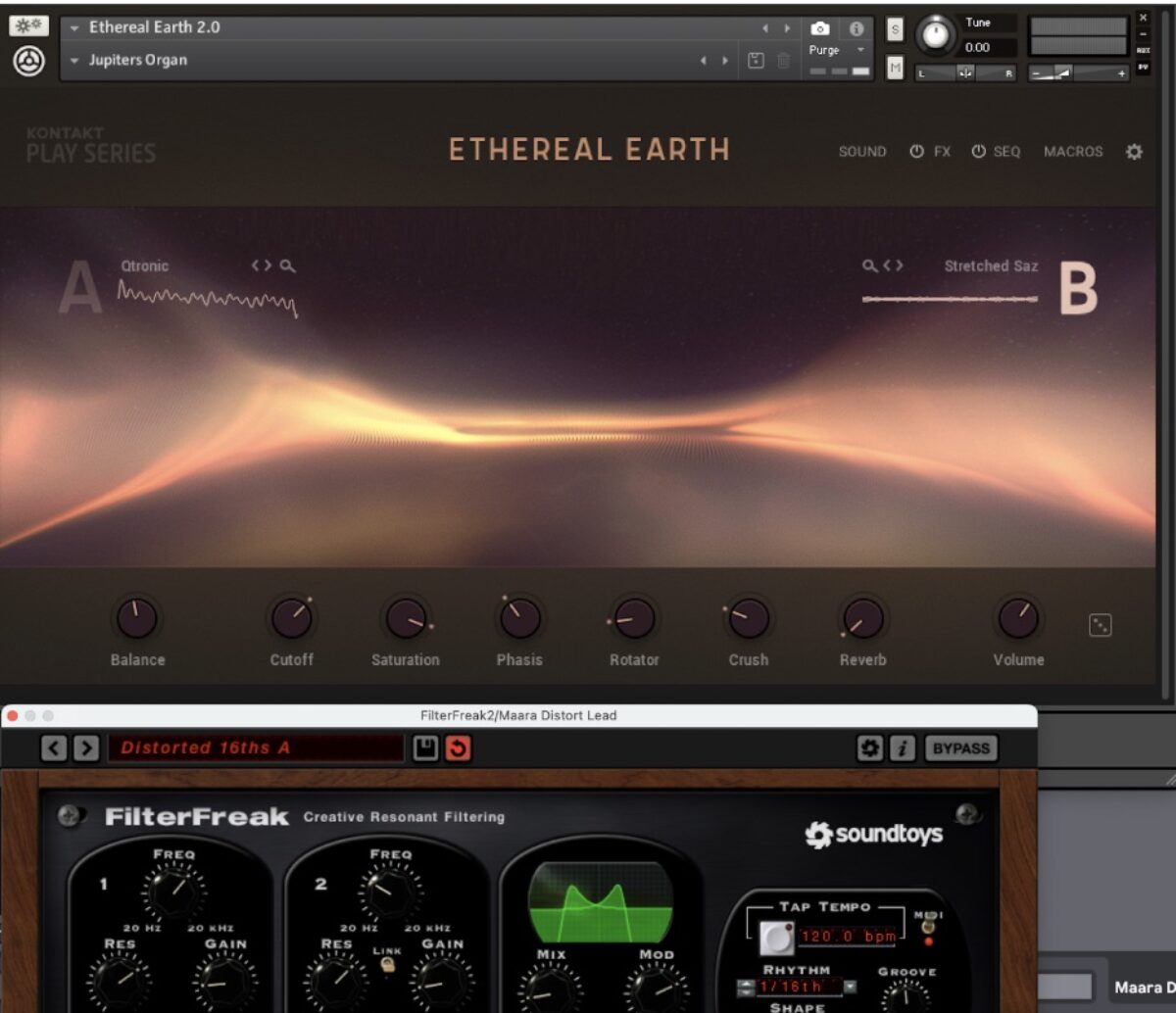
Most of these have a sound generated by Kontakt, accompanied by an effect chain. I map different parameters finally into an Ableton Instrument Rack, and use these sounds for production but also when playing live.
Whenever I have a new idea, I have direct and quick access to these “Fejká” sounds, and I can transfer my idea really fast into a real sound, which already feels fully sound-designed.
How do you shape Kontakt instruments to sit in a mix without overwhelming the minimal energy of a track?
I love focusing on the sound, which makes the instrument unique, and cutting off the rest in a dramatic way. When I like the texture of a bass sound, but not the actual bass sound, I cut it out and layer it with another bass sound.
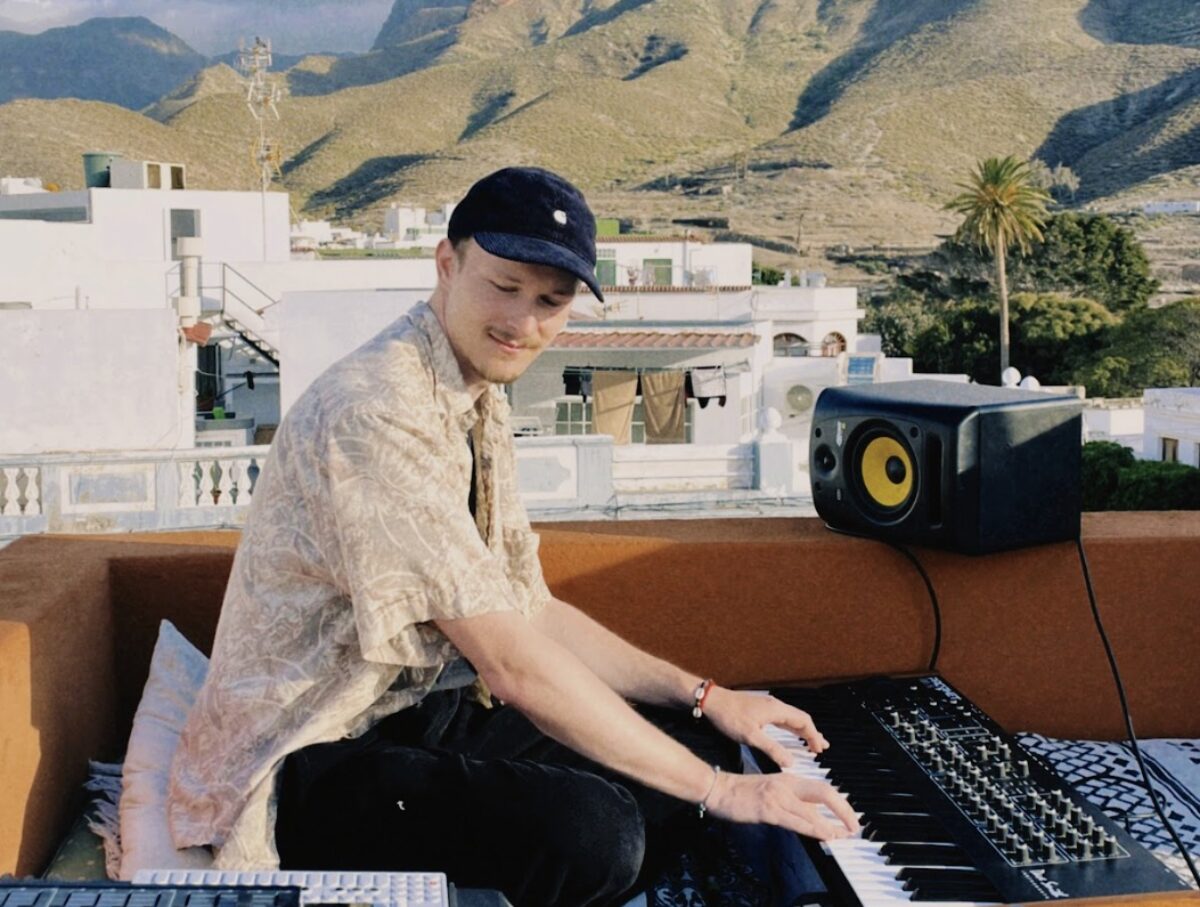
Using this method, the Kontakt preset contributes to the “feeling” of the bass, completed by an analog sub bass from my analog synthesizer, for example.
Pro tip from Fejká: Cut the fat. Solo each layer and ask if it’s really adding anything. Then listen in context and ask again. Less clutter means more clarity.
Do you use Kontakt primarily for inspiration at the start of writing, or as finishing material to pull things together?
I mostly use it at the start of writing, like browsing through different sounds and then getting lost into the universe of each plugin. It happened exactly like this for my album intro: I opened Kontakt and browsed through all the different sounds I had saved over the last 10 years of my career.

I got stuck with the Tapes plugin because I was drawn to the “Mantra” preset. I finally changed the layers in Kontakt by removing a second layer of bells. Finally, this nostalgic detuned synth loop remained, setting a perfect start for the rest of the song.
You know that a loop is excellent when you can build a whole song around it, and it happened with this one. I even named the song “Tape_X247” after it because of the nostalgic feeling.
Pro tip from Fejká: Build your own signature presets for fast access. Save them into Ableton racks with searchable names so you can move quickly before the spark fades.
Looking back at the full album now, which track do you think best reflects the feeling of the island – and how did Kontakt help you get there?
The atmospheric bells in “Solana” and “Tape_X247” really give me a feeling full of nostalgia, adventure time, and introspection.

It’s one of my favorite Fejká presets I have collected over time and consists of a kind of broken detuned Rhodes sound which changed into a super atmospheric superweapon haha.
I don’t want to reveal the preset name of it fully, but I can give a hint – it’s a digital Kontakt instrument by one of my favorite artists: Olafur Arnalds.
Wrapping it all up
Huge thanks to Fejká for giving us a behind-the-scenes look at how Azur came together – and how Kontakt shaped the way he worked. The interview makes one thing especially clear: sound design isn’t a separate stage in his process. It’s part of the writing from the very beginning, with custom Kontakt instruments forming the emotional and tonal identity of each track.
Instead of flipping through presets for something that fits, he creates his palette from the ground up – tailored, responsive, and ready for both production and performance. That workflow not only keeps his ideas moving fast, it also anchors his music in a specific mood and place. It’s a strong case for designing your own starting points instead of relying on someone else’s vision.
To see how Kontakt can help you do the same, get your hands on the Kontakt Player inside the free Komplete Start bundle.
